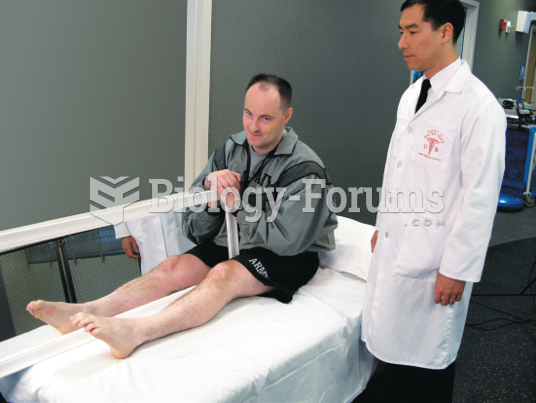|
|
|
There are 20 feet of blood vessels in each square inch of human skin.
The Food and Drug Administration has approved Risperdal, an adult antipsychotic drug, for the symptomatic treatment of irritability in children and adolescents with autism. The approval is the first for the use of a drug to treat behaviors associated with autism in children. These behaviors are included under the general heading of irritability and include aggression, deliberate self-injury, and temper tantrums.
Approximately 25% of all reported medication errors result from some kind of name confusion.
A seasonal flu vaccine is the best way to reduce the chances you will get seasonal influenza and spread it to others.
Women are 50% to 75% more likely than men to experience an adverse drug reaction.







